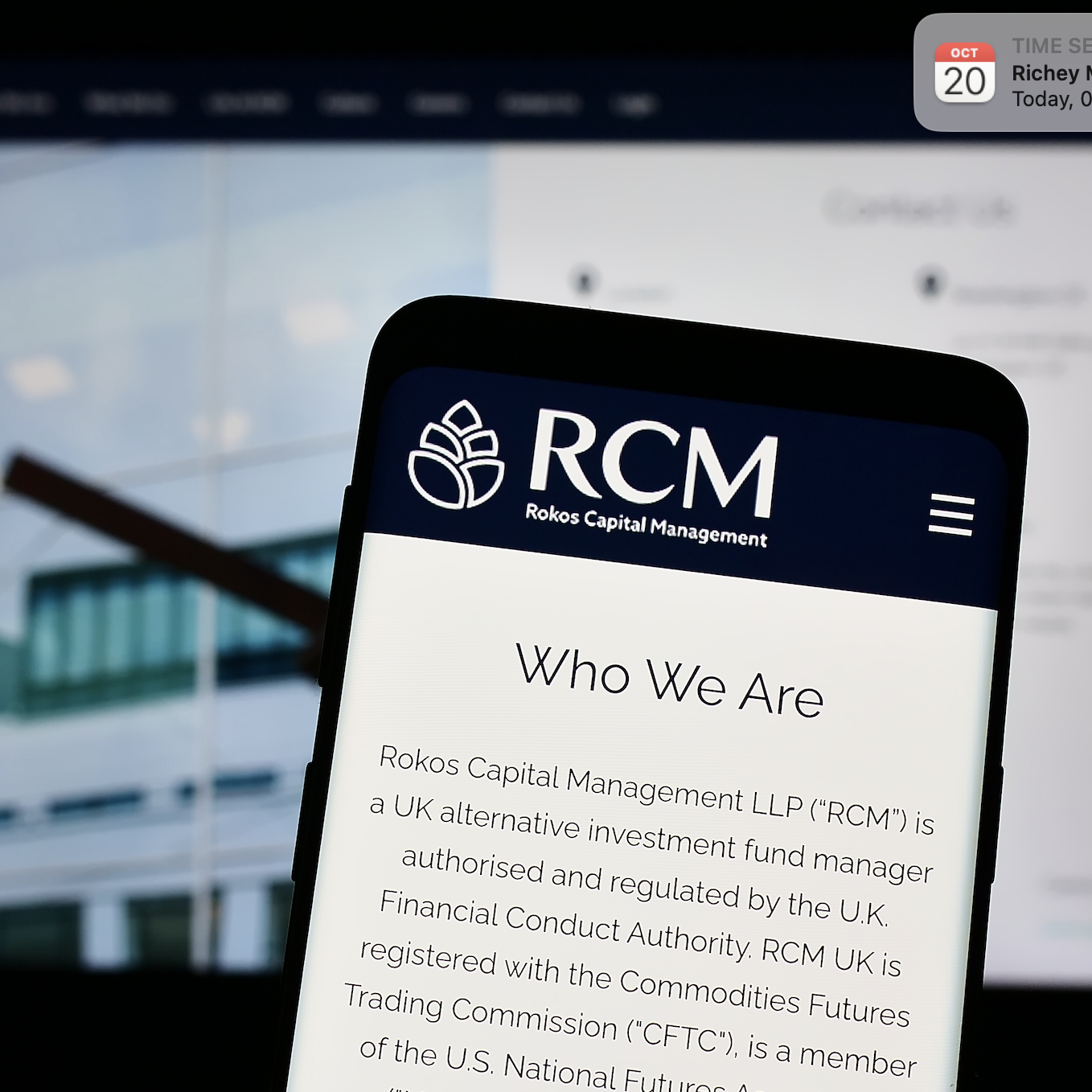From inhouse automation to partial outsourcing and full-team lift-outs, the ways hedge fund firms manage their operational functions is evolving – with fewer parts of the business left untouched.
This article first appeared in the May 2023 Outsourcing Insights Report
From inhouse automation to partial outsourcing and full-team lift-outs, the ways hedge fund firms manage their operational functions is evolving – with fewer parts of the business left untouched.
If the hedge fund outsourcing trend started in the back office, the success of that initial wave – coupled with managers’ subsequent appetite for more and the increasing cost of building operational infrastructure over the past ten years – has seen it edge its way through the business and towards the trading desk.
Today, swathes of the hedge fund industry outsource multiple middle-office functions, and many outsource, or are exploring outsourcing, parts of the front office – still a controversial move in some managers’ eyes.
Among our survey sample, there were some notable trends among subgroups. As fig. 2.1 shows, hybrid managers are more likely to outsource a majority of both their middle and back-office functions than systematic or discretionary managers, with the same true for mid-sized managers (AUM $250-999 million) compared to larger (AUM $1 billion-plus) and smaller managers (AUM <$250 million).
For hybrid managers, this is partly due to a complex operational set-up. For mid-sized managers, it is potentially a result of efforts to move away from, what may have become over time, unwieldy inhouse infrastructure, with many businesses in this group operating for ten years or more on modest AUM.
In terms of location, our research suggests that Asia-based hedge fund managers are driving middle-office outsourcing trends, with half of those surveyed (50%) outsourcing a majority of related functions, compared to around one quarter of North America-based managers (23%) and less than one fifth of Europe-based managers (16%).
Here, an explanation lies partly in the average Asia-based manager’s modest AUM, but also – as seen previously in fig. 1.4 – in the group’s apparent willingness to be practical and prioritise technology over people when reviewing its infrastructure needs in choosing an outsourced provider.
The next functions outsourced
Split by office, our survey results suggest P&L and NAV production, typically within the middle office, is the function most likely to be outsourced by hedge fund firms, at nearly 70%, followed by Trade settlement and Trade clearing, typically in the back office, both at around 50%.
Looking ahead, Trade matching – another function usually considered part of the back office – attracted the highest proportion of survey respondents saying they ‘may’ outsource it in the future.
LHG Capital Management, a $1 billion-plus Hong Kong- and Zurich-headquartered ‘quantimental’ macro manager, was one firm with such plans.
LHG’s management team is aiming to grow its $1.2 billion AUM – modest for a macro specialist – and, according to Laurence Yang, LHG’s Founder and Co-CIO, will need outsourced trade matching if it is to execute multi-billion-dollar positions. “We will also need outsourced trade limits on less liquid markets like commodity futures,” Yang adds.
Sweden-based systematic manager QQM Fund Management is another hedge fund firm considering outsourcing trade limits/restrictions. This, says Partner Jonas Sandefelt, would be done alongside an expansion of front office headcount and would be necessary to lighten the added operational load. “It will hopefully help the management team in their daily tasks – which I would like since I am the CIO of the company, and I would like more time for development of new strategies,” he explains.
For Yang, functions that LHG would ‘never’ outsource include Trade communication/routing (the function with the second highest proportion of survey respondents saying they ‘may’ outsource it in the future), Risk monitoring, Trade allocation, and Trade execution.
“We have our proprietary quantitative, rules-based trade allocation and risk management systems, therefore the need for these functions to be outsourced is minimal,” he says. “On top of that, solid risk management is one of LHG’s key appeals to our LPs. Therefore, we strongly believe LPs would prefer us to handle risk monitoring in-house.”
As to be discussed in this report’s final section, the industry’s smallest managers could be considered stronger candidates for front office outsourcing than larger managers, such as LHG, due to their greater cost pressures.
But in other ways, it is arguably even more important for small managers to retain a strong, proprietary trading function to demonstrate a vital performance ‘edge’ over rival firms (this may help explain the particularly high proportion of sub-$250 million firms that outsource ‘none or almost none’ of their front office functions).
Automations and lift-outs
As noted in last month’s Hedgeweek Insights Report, Turning Point: The New Technologies Helping Hedge Funds Evolve, reconciliation is another function outsourced providers are fielding more enquiries about.
“One notable trend we’re seeing is fewer hedge funds hiring staff to deliver in-house reconciliation, ensuring data flows back and forth between different systems. Reconciliation is a task well-suited for automation,” said Aani Nerlekar, a Senior Director in SS&C Advent’s Solutions Management and Consulting division.
A comparison between ‘outsourcing’ rates and ‘automation’ rates for select middle- and back-office functions sees reconciliation ranked top for automation and third for outsourcing (see fig. 2.3). It also offers insight into a potential challenge – or opportunity, depending on the point of view – for providers of outsourced Trade limits/restrictions, with nearly 70% of managers running these functions efficiently through automations already, with minimal outsourcing. The alternative take is that automation makes functions an easier ‘lift’.
For middle- and back-office functions, the question is becoming less about which function to outsource and more about which team to lift out. Full-team lift outs – the process of moving a team onto the systems of a third-party (see boxout) – are an increasing source of interest to hedge fund managers and an increasing source of business for outsourced providers such as SS&C Technologies.
For the middle office, the functions most commonly associated with lift outs include: Trade affirmation, confirmation, reconciliations, collateral management all the way to providing an investment book of records – effectively, “the true nuts and bolts of the infrastructure,” says Benny LoCascio, SS&C’s Managing Director of Global Operations.
“The issue goes back to the rising cost of running a hedge fund business and how to marry those challenges with the need to keep your infrastructure at the cutting edge,” LoCascio explains. “How much money must a manager spend to have the best infrastructure and trade the most complex products? Hedge funds want to focus on investing. Outsourcing – increasingly via full-team lift outs – allows them to find this balance.”







